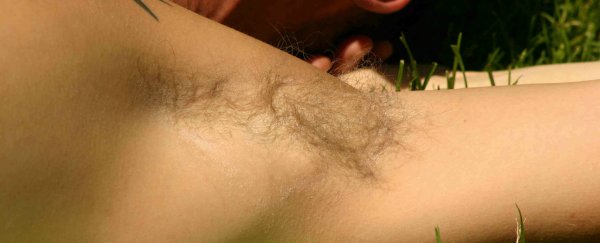We're a pretty resourceful species, but when it comes to body parts, humans definitely have a couple that seem like a waste of space. After all, we could do perfectly well without the appendix, male nipples, and our wisdom teeth, and scientists think these could simply be a hangover from our evolutionary past. But what's the point of all that hair on our bodies, and why do we have eyebrows anyway? The latest episode of the University of New South Wales' (UNSW) How Did We Get Here explains.
For starters, even though we might consider ourselves pretty hairless, humans are actually covered in around five million hair follicles - tiny organs on our skin's surface that produce hair. In fact, after our heads, the area with the highest concentration of hair is our nostrils.
But why aren't we as hairy as our ape cousins? As evolutionary biologist Darren Curnoe explains above, it's believed that our ancestor's body hair got a lot shorter as they evolved from walking on all fours to standing, and this allowed them to keep cool while walking and running long distances in pursuit of food.
And our hair still plays a very important role in regulating our body temperature. When it's cold outside, tiny muscles surrounding the hair follicle cause the hairs to stand up, to trap more heat near the body. This is what happens when you get goosebumps.
So those tiny hairs all over our bodies make sense. As do nostril hairs and eyelashes, which keep dirt out of our bodies. But what about things like chest hair, pubic hair, and eyebrows? Why do they grow so much longer than the hair on our arms, and what's the point of them?
Scientists still aren't entirely sure, and we'll let you watch the episode above to find out why. But one thing's for sure, our hair definitely isn't useless.
Don't forget to subscribe to UNSW TV to see new episodes of How Did We Get Here? as they're released, and find out more about the research happening at UNSW Science.
